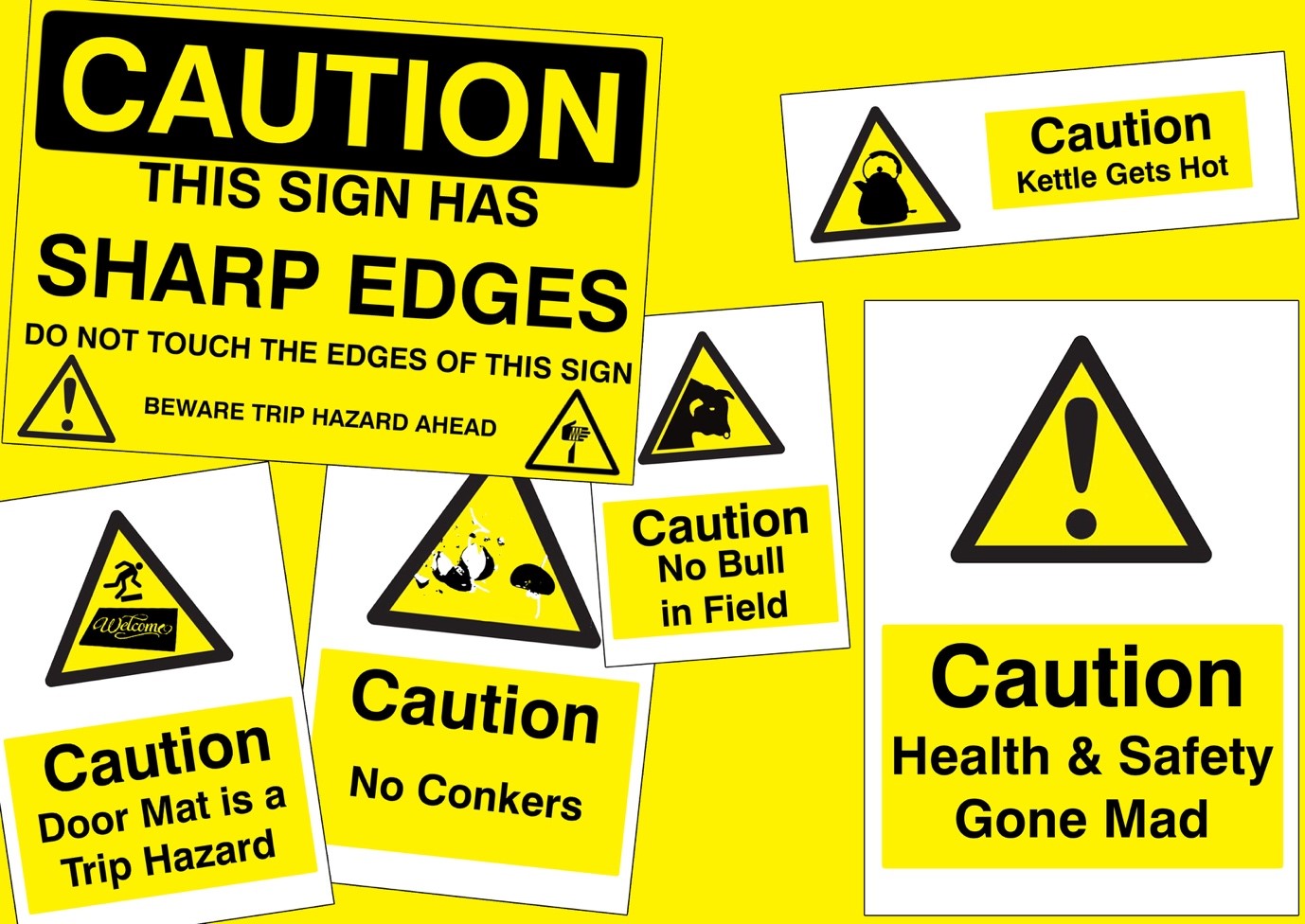
You’ve likely seen the HSE mentioned in various places, such as this blog. But, what is the HSE, what does it stand for and why are they important?
Well, the ‘HSE’ stands for the Health and Safety Executive, which is an independent body responsible for the regulation and enforcement of workplace health and safety.
It reiterates the importance of health and safety policy, as well as informs employers, employees and the general public about the benefits of enforcing it in the workplace.
Too often, we hear people lamenting that health and safety have “gone mad”, but is this true? Below, we explain the importance the HSE has in keeping us safe, as well as their foundational role in producing health and safety labels.
What Does the HSE Do?
The HSE is there to give people in the UK the right to go to work and come home safely. It sounds simple, but with so many different jobs, disciplines and work conditions out there, the organisation sometimes needs to get extremely detail-orientated to achieve this goal.
As an independent entity, they are free from governmental intervention and influence. This means they always put the safety of workers first, ensuring their advice and guidance isn’t sullied by any other influences.
Typically, the HSE concentrates its efforts on industries that pose the most serious of risks and hazards, but that doesn’t mean they ignore smaller health hazards. The guidelines they put in place ensure workplaces aren’t just safe now, but for the future, too.
So, what does that mean in actuality? It means the laws we follow, the labels we put up and the training employers must provide has, at one point, been reviewed or recommended by the HSE. This means they are responsible for the benefits of health and safety in the workplace.
The HSE has the right to inspect worksites and take legal action against businesses and employers who do not follow the law.
They are the foundation of health and safety in the UK, and whenever somebody complains that the practice has “gone mad”, just remember that somewhere along the line, it was implemented thanks to expert guidance.
How Does The HSE Influence Health and Safety Labels?
The HSE was heavily involved in The Health and Safety (Safety Signs and Signals) Regulations 1996, which dictated the type of signs to be used for specific hazards, the responsibilities employers have and how these signs should be placed and designed.
As such, our range of health and safety labels will always be within HSE and legal guidelines, meaning your workplace and employees can stay safe.